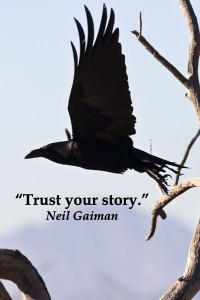Dear Integral Meditators,
What are the primary qualities that you rely upon for your own inner resilience? The article I have written below outlines three important areas for developing our inner resilience in an integrated way, using mindfulness.
In the spirit of resilience,
Toby

Three Levels of Inner Resilience
Imagine your consciousness is like an ocean.
Imagine the challenges that come at you in life are like the waves, wind and rain on that ocean.
Imagine your mind is like a well built boat. To have a resilient mind is to have structures and habits of thought and emotion in your mind that are able to withstand the outer challenges of your life such as setbacks, and the inner challenges of your life such as periodic low self-belief or perhaps depression. It is the structure of the boat that provides the resilience.
Imagine your body and body awareness is like the sailor on the boat. In order to stay balanced s/he has to keep his centre of gravity low, his body responsive and flexible so that she can ride the waves without getting tipped overboard. This is like the resilience of flow; the ability to keep the energy in your body flexible and flowing in response to the ‘hits’ that you take each day. You are able to recover from setbacks quickly because difficult energy flows through you, it is not held as tension or rigidity within the body; nothing gets stuck.
Imagine that you can also dive beneath the waves to a depth where the turbulence of the surface no longer disturbs you. By diving and immersing yourself deeply in the ocean you are able to find relief and regeneration from the relentless weather, to find a space of peace and deep calm. This type of resilience through immersion is developing the capacity to dive beyond the world of thoughts and feelings to a deeper level of your awareness where a sense of relaxation and regeneration can always be found no matter how tough your life gets.
The resilience of flow then is about mindfully learning to let tension and stress flow through your body so that it does not build up or stay and you recover from it quickly.
The resilience of structure is the structures you build in your mind to deal with setbacks and emotional challenges in a robust, strong and flexible manner.
The resilience of immersion is the skill of learning to dive deeply into your consciousness periodically to a place beyond thought where you can find renewal and regeneration.
If you put these three together you have a truly resilient mindfulness!
If you would like to take the practices indicated in this article into your daily life, simply dwell for a few minutes each day on the image of yourself as a sailor in the sea of life, in your sturdy, well structured boat, keeping your body flexible and flowing, and periodically diving deep into the ocean beneath you to a place of deep calm.
© Toby Ouvry 2014, you are welcome to use or share this article, but please cite Toby as the source and include reference to his website www.tobyouvry.com
© Toby Ouvry 2014, you are welcome to use or share this article, but please cite Toby as the source and include reference to his website www.tobyouvry.com













